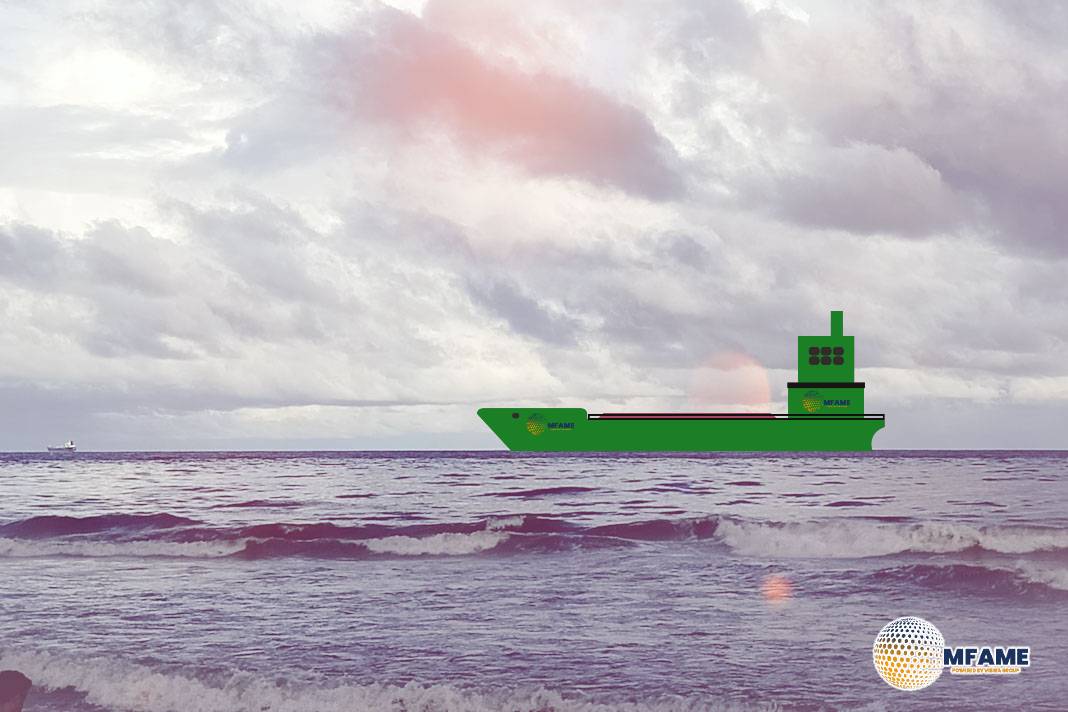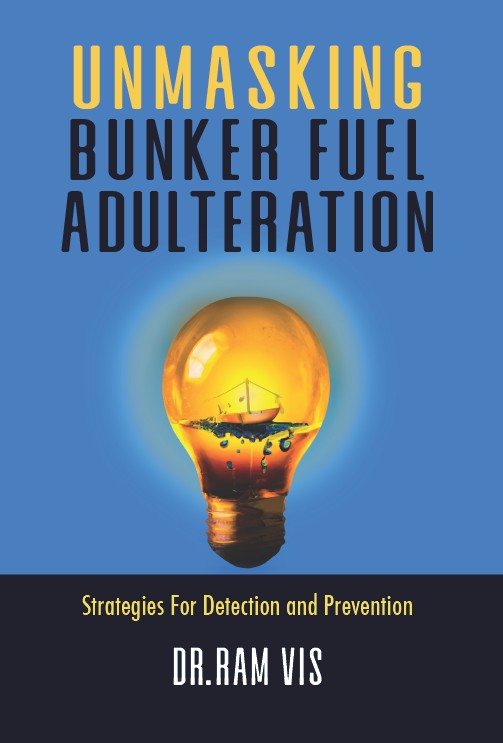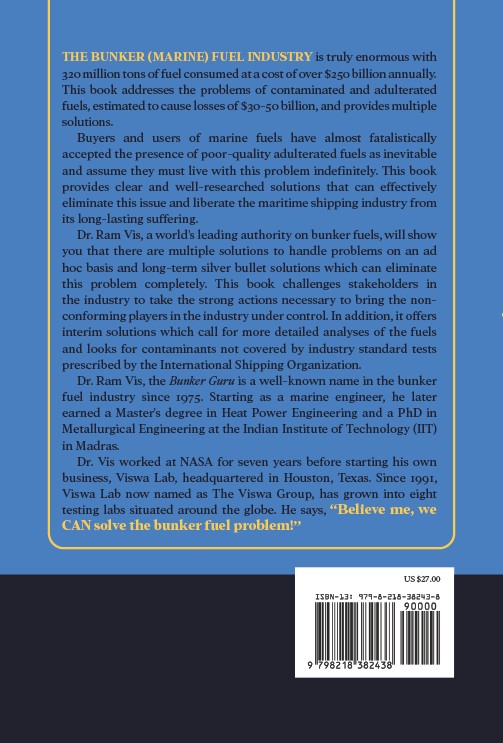A decline in seaborne crude oil trade volumes in recent years has been noted, particularly in comparison to the 2019 average. Consequently, this decrease in trade has led to a substantial reduction in mainstream crude tanker tonne-mile demand (excluding Russia, Iran, and Venezuela) relative to the 2019 baseline, reports Breakwave Advisors.
More Newbuild VLCC
Trends in the tanker market, specifically regarding “dirty” (crude oil) to “clean” (refined products) switching are as follows:
- 2024 Trend:
- There was a significant increase in VLCC (Very Large Crude Carrier) and Suezmax tankers switching from carrying dirty to clean cargoes.
- Past 6 Months (2025):
- This trend has reversed.
- The narrowing price difference between clean and dirty cargoes, along with a strong VLCC and Suezmax market since early 2025, is discouraging owners from clean trades.
- More vessels are returning to dirty trades, and fewer are remaining in clean trades.
- Newbuilds and Clean Trades:
- Newbuild Suezmax and VLCC vessels are carrying clean products from East to West.
- Newbuild VLCCs have no tank cleaning costs, and their lower freight rates per metric ton make them attractive for clean cargo transportation.
- The Suezmax order book remains strong, increasing the capacity for clean trades.
- Newbuilds are likely to perform their maiden voyage carrying clean products before transitioning to dirty cargoes. This helps owners reposition vessels and minimize ballast legs (empty return voyages).
Lower Trade Demand in the Atlantic
Trends in U.S. Gulf Coast (USGC) crude/condensate voyages:
- Decline in Voyages:
- USGC crude/condensate voyages have decreased for the second consecutive month, remaining below 160 voyages in March.
- This is significantly lower than last year’s levels and continues a decline that began in August 2024.
- Factors Contributing to the Decline:
- Reduced demand from Europe due to the refinery maintenance season is a major factor.
- While loadings to Asian markets increased in February and March, the use of larger vessels (like VLCCs) instead of Aframaxes prevented an overall increase in voyage numbers.
- European refiners, facing weak profit margins, reduced their intake of U.S. crude, putting pressure on Aframax rates.
- European refinery closures, which started in 2024 and are expected to continue in 2025, will likely maintain pressure on these voyages.
- Future Outlook:
- Uncertainty surrounding tariffs and their impact on U.S. domestic refining markets will influence future USGC departures.
- If more crude oil is diverted from export markets to meet domestic demand, USGC departures could decrease further.
Did you subscribe to our daily Newsletter?
It’s Free Click here to Subscribe!
Source: Breakwave Advisors

















